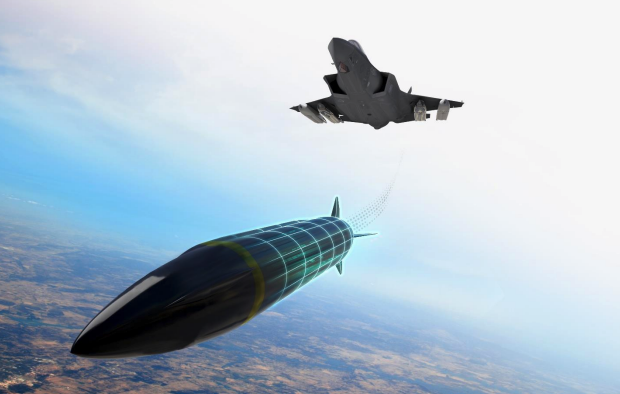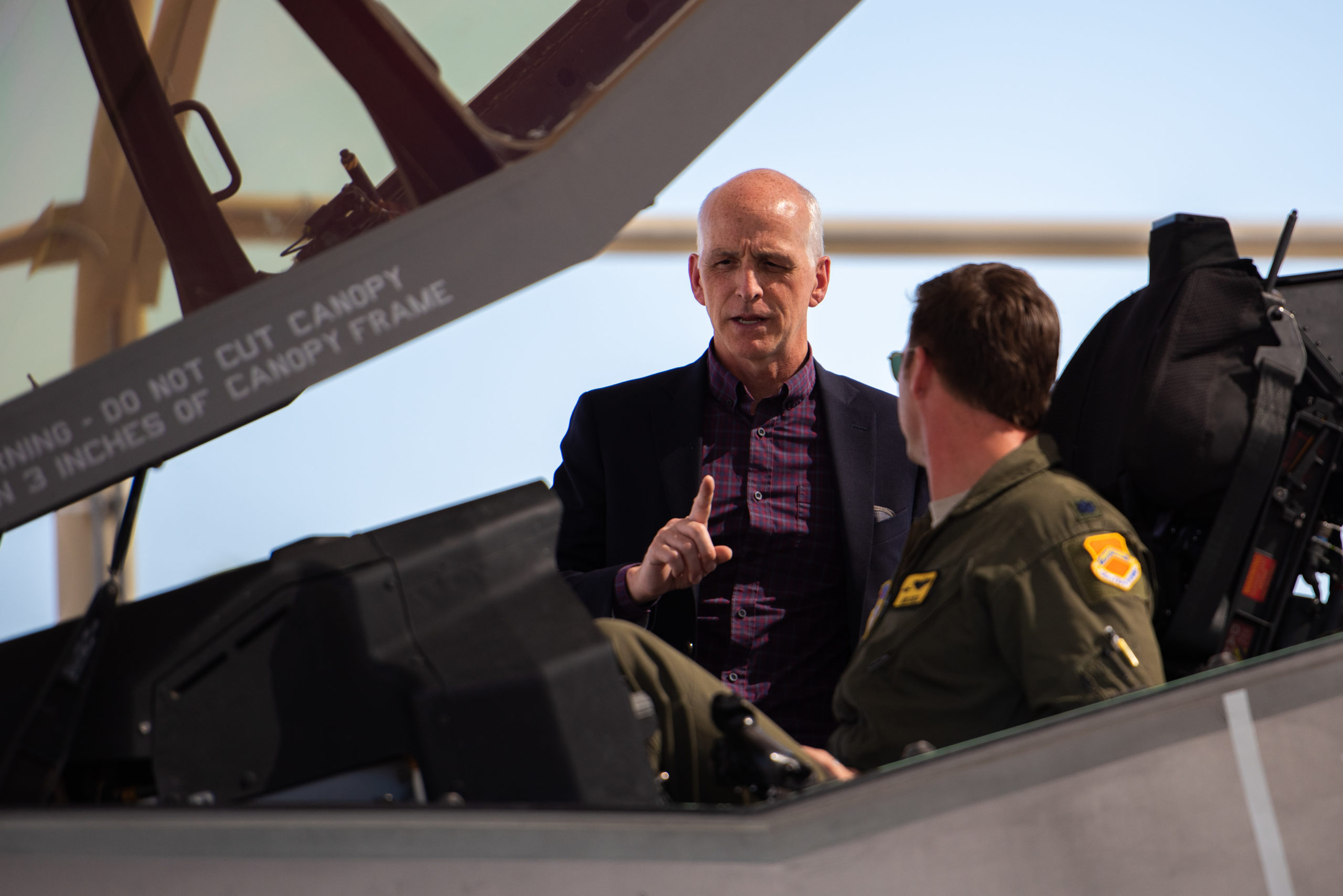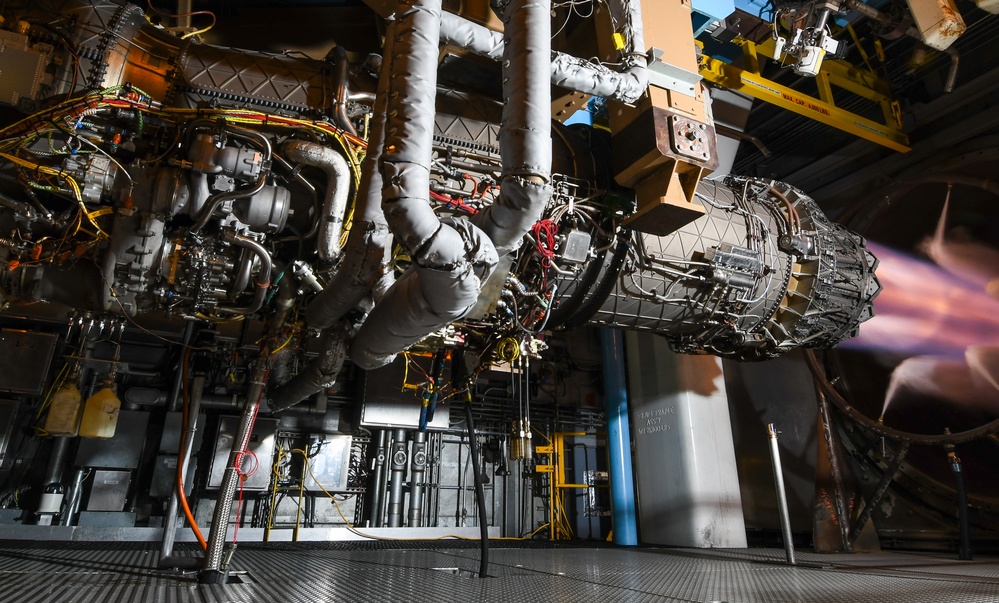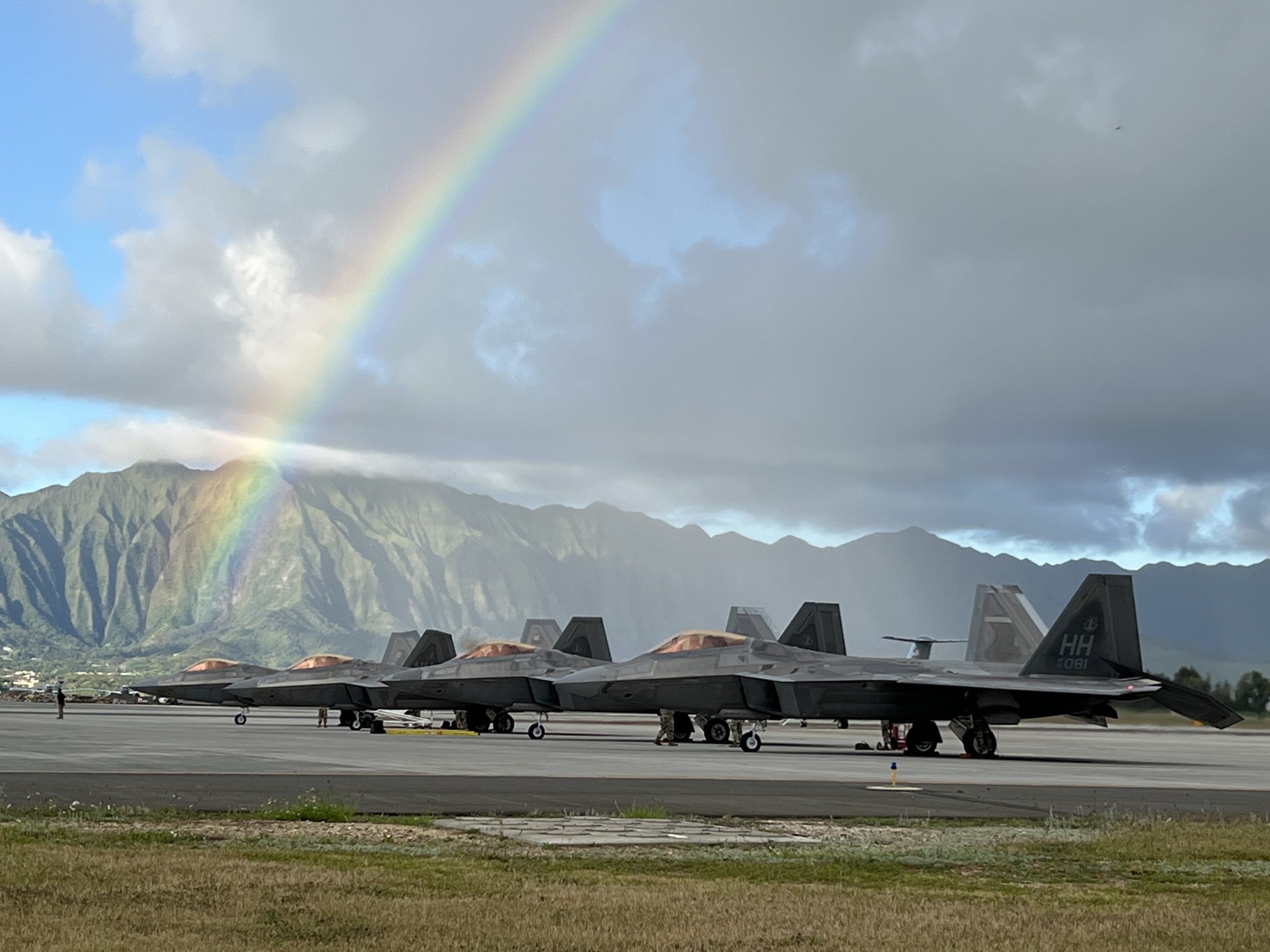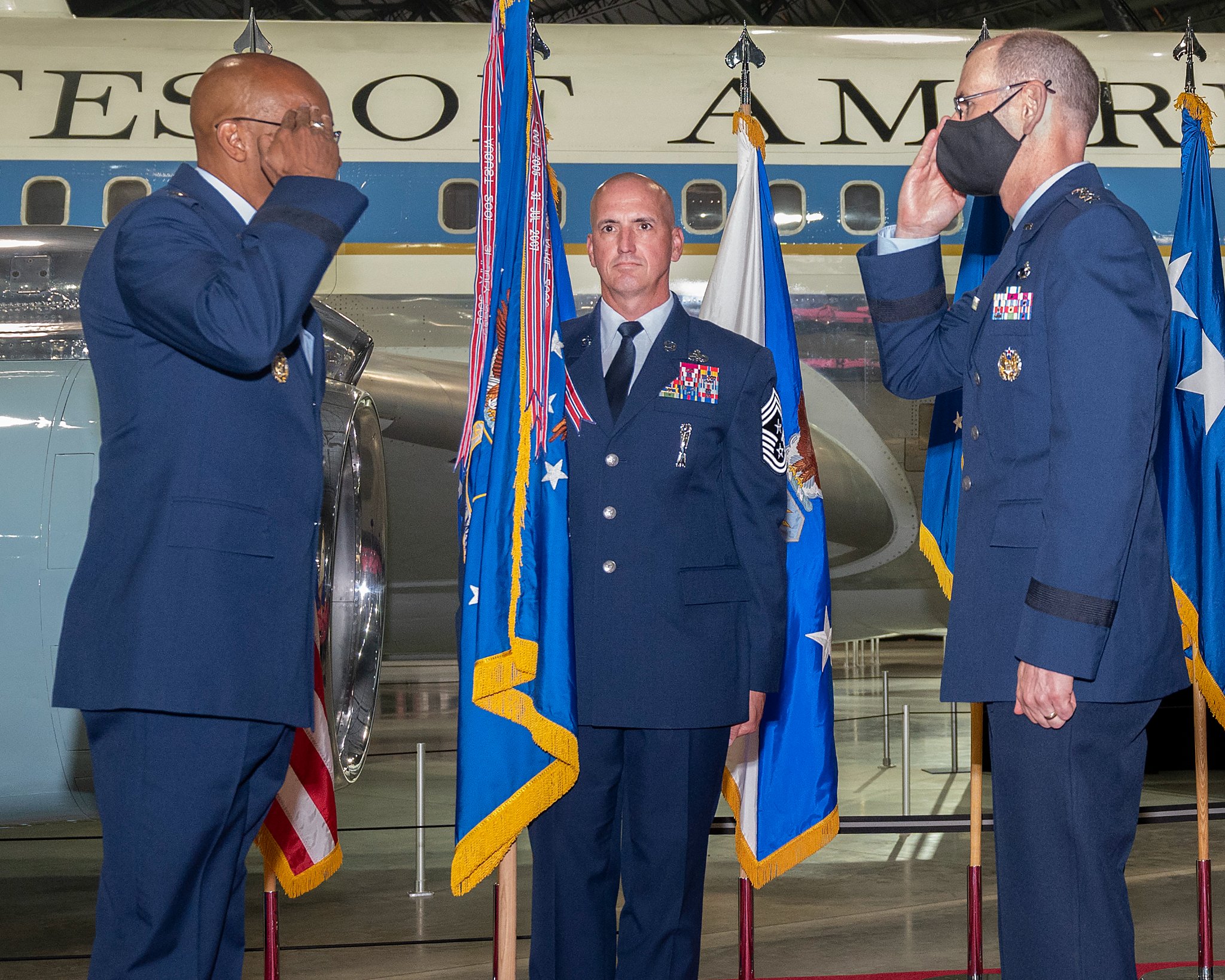The Stand-in Attack Weapon is to be a pathfinder system in that it will both open a corridor through enemy air defenses and potentially result in a new way of buying weapons, industry and Air Force officials reported. With initial contracts announced June 7, the SiAW may build on the Anti-Radiation Guided Missile-Extended Range but will likely be an all-new munition.
The Air Force awarded matching $2 million, 90-day SiAW contracts to L3Harris Technologies, Lockheed Martin, and Northrop Grumman on May 25. Neither the service nor the companies could say exactly what will happen after the 90 days, as much of the SiAW program is close-hold.
But industry officials said the three companies will work toward competitive, rather than complementary, concepts for the SiAW. They also said the Air Force expects a five-year development program after which the service will have usable assets for operational evaluations. No one would comment on how many weapons are to be produced in this phase.
The Air Force is looking for an operational capability in the 2026 timeframe, sources said, after a brief evaluation period of products generated during the development phase.
The SiAW is, broadly, a successor to Northrop Grumman’s Advanced Anti-Radiation Guided Missile-Extended Range (AARGM-ER), itself a successor to the AARGM and the High-speed Anti-Radiation Missile (HARM) in service since the 1980s. While the HARM was for suppressing enemy air defense radars, the SiAW has a broader target set aimed at other elements of an enemy’s integrated air defense system. The target set also includes ballistic missile launchers, cruise missile launchers, GPS jamming platforms, and anti-satellite systems in addition to threat air defense radars and tracking systems.
Neither the Air Force nor the contractors would bound the range of the SiAW, with one noting that “it’s an open question right now how you define ‘stand-in’ versus ‘stand-off.’” However, he said that while “it’s farther than what we used to shoot with HARM,” the term “‘stand-in’ sort of implies that you’ve already entered the enemy’s airspace.” He said the “only thing it shares with HARM … is the ‘high speed’ aspect.” Sources agreed the missile will be a supersonic weapon at its maximum speed. It will also have multiple sensors and high-resolution GPS guidance.
A senior USAF official said the service is looking at “best-of-breed offerings where we can potentially mix and match … modular elements and get in the habit of changing [them] out rapidly, both to accelerate our response to the threat and diversify our base of suppliers.”
Bryan Gates of Lockheed Martin’s Missiles and Fire Control unit said the company’s work on the program will be as an integrator of missile elements, to include seekers and propulsion modules not necessarily produced in-house; but with the goal of presenting USAF with “an open, agile, and digital weapon that can be rapidly upgradeable through digital engineering.”
L3Harris said it is doing “initial weapon system modeling and integration,” using digital engineering to “rapidly design, test and manufacture advanced sensors and weapon systems.” It described the May 25 contract as “Phase 1” of the SiAW. It said its Agile Development Group, formed earlier this year, is in charge of the SiAW development effort. A company official described it as a “Skunk Works-like” unit, and the company described it in a press release as having an “urgent focus on complex, front-end … capability development.”
The SiAW was initially planned as a follow-on to the AARGM-ER, but the Air Force opened the program to competition a year ago. Five companies were designated as capable of doing the work; three have now been picked to proceed. The Air Force has not described its acquisition strategy, but one source said it will “carry as many competitors as long as it can” to derive the full benefit of competitive approaches. Those not picked to be the prime contractor/integrator could later compete for upgrades. Sources would not comment on whether the Air Force plans to carry more than one contractor through the critical design review stage.
“It’s got to come down to when do they actually need the combat capability,” an industry source said, “and and how much money do they want to spend to have it at that time?”
Another said the unusual low-dollar-value, brief initial stage is to “keep [the Air Force] … on track while they figure out their acquisition strategy.”
The SiAW must fit inside the F-35’s internal weapon bay, and a Lockheed Martin video shows an F-35 volley-firing six of the weapons—two from internal bays and four from underwing stations. The Air Force has also said the B-21 bomber could carry the SiAW, but whether that is a requirement at this stage of the program is unclear.
Development and acquisition of the SiAW will be entirely digital, making it a pathfinder in that sense, according to industry sources.
A Northrop Grumman official said the Air Force’s decision to pursue SiAW in an entirely digital fashion “really helped us out … because we’ve been working with the Air Force on the GBSD (Ground Based Strategic Deterrent) program … and that’s all digital engineering.”
Although USAF is looking to 2026 for initial operating capability, “we keep thinking” that the service “is going to say, all of a sudden, they want to go faster than what they’re doing now,” the official said, making the company’s entrant, based largely on the AARGM-ER, a good bet. The original IOC date, when AARGM-ER exclusively was to develop into the SiAW, was “sooner” than what the Air Force is now thinking, he said.
“We’re actually prepared to be able to compete and win across the board … addressing … digital engineering concerns,” he said. “We can … provide to the warfighter combat capability in a timeframe that they really do want it,” he said.
The Northrop Grumman entrant, while “leveraging” the technology in the AARGM-ER, should not be considered a “derivative,” the official said.
“The AARGM … and the AARGM-ER are two very distinct efforts,” he said. “AARGM-ER is a tip-to-tail, brand-new” weapon “without any old components. There’s no legacy parts in it.”
While AARGM and AARGM-ER are different on the outside, Northrop’s SiAW is very similar externally to AARGM-ER, mainly because of the form/fit requirements to fit within the F-35 weapons bay.
“This is what we were talking about working with the Air Force on, even before there was a competition,” he said. “That’s how we can say we can still meet their IOC desires … because we already have” the AARGM-ER, which is already in its second low-rate production lot, he said.
“We’re leveraging existing designs, parts, capabilities, people, and facilities that are already in place,” he said.
The Air Force has budgeted $1.9 billion for SiAW development over the fiscal 2023 Future Years Defense Plan. The fiscal 2023 request is for $283.2 million, and development funding is expected to peak in fiscal 2026, with $718.2 million planned.
